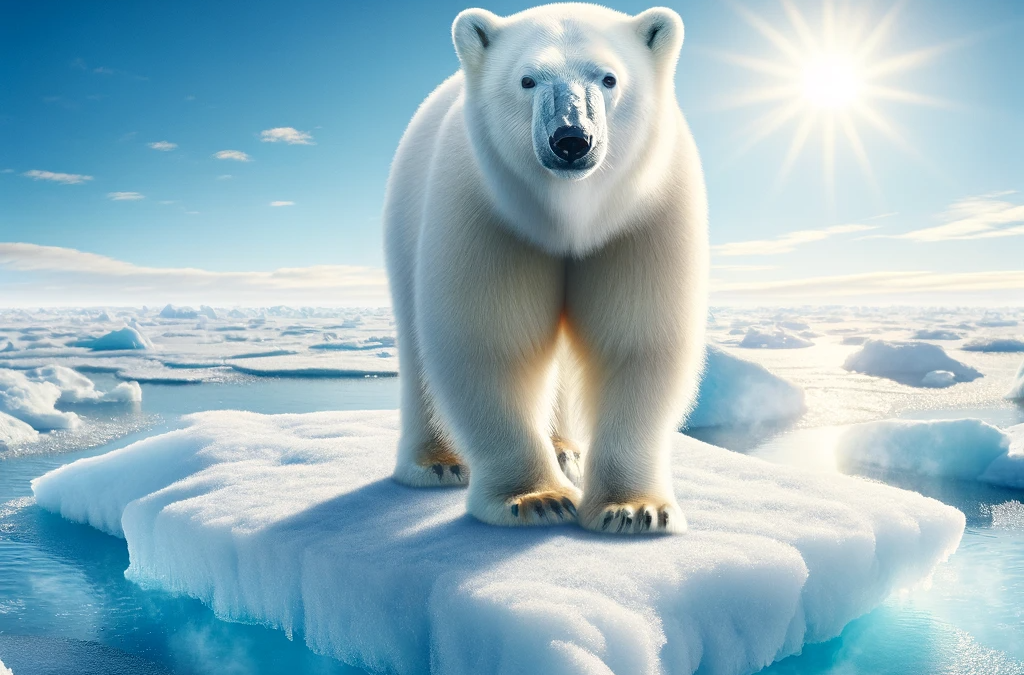
In the rugged terrain of the North American mountain ranges, from the snow-dusted peaks of Canada to the sunbaked landscapes of the American Southwest, the Bighorn Sheep (Ovis canadensis) stand as resilient symbols of the wilderness. With their impressive curled horns and agile hooves, they navigate the steep and treacherous cliffs with a grace that belies their robust form.
Majesty in Motion
The sight of a Bighorn Sheep effortlessly scaling the side of a mountain is a testament to nature’s engineering. Their split hooves and rough hoof pads provide the perfect adaptation for life on the ledges, offering traction that seems to defy gravity. Whether bounding up a steep incline or engaging in their famed horn-clashing battles, Bighorn Sheep move with a confidence that commands respect.
Horns of Honor
The most striking feature of Bighorn Sheep is the large, spiral horns that adorn the males, or rams. These horns can weigh up to 30 pounds, serving as symbols of status and formidable weapons during mating season confrontations. Females, or ewes, also have horns, but they are shorter and less curved. The growth rings on a ram’s horns, much like the rings of a tree, tell the age of the sheep, a record of survival written in keratin.
Social Creatures of the Cliffs
Bighorn Sheep are social animals, often seen in groups. Ewes, lambs, and young rams form herds of their own, while older rams typically lead a more solitary life or form smaller bands with other males. During the rut, the quiet of the mountains is broken by the sound of rams butting heads, a clash that echoes like a thundercrack, as they vie for dominance and the right to mate.
The Cycle of Life in Harsh Climes
The reproductive cycle of the Bighorn Sheep is closely tied to their environment. Ewes give birth to one lamb after a six-month gestation, timing the arrival to the greening of the pastures, which provides ample food. These lambs are quick to find their footing, able to follow their mothers over rocky terrain within hours of birth—a necessity in the predator-laden wilderness.
Conservation and the Bighorn
Once faced with dwindling numbers due to overhunting, disease, and habitat loss, Bighorn Sheep populations have been the focus of extensive conservation efforts. Wildlife management programs, habitat conservation, and reintroduction initiatives have helped stabilize some populations, but the work to ensure their future continues.
A Testament to Adaptation
Bighorn Sheep are not just marvels of physical adaptation to the unforgiving mountainous regions they inhabit. They are also cultural icons, woven into the history and folklore of the Native American tribes and emblematic of the untamed spirit of the American West.
In Conclusion
As you marvel at the images of Bighorn Sheep that accompany this article, consider the resilience and adaptability these animals exhibit. They are not just survivors; they are the essence of the wild places they inhabit—imposing, inspiring, and indelibly linked to the identity of the landscapes they roam.
Your images of Bighorn Sheep will provide a window into the world of these majestic animals and, coupled with the above article, can help to raise awareness and appreciation for their place in our natural heritage.







